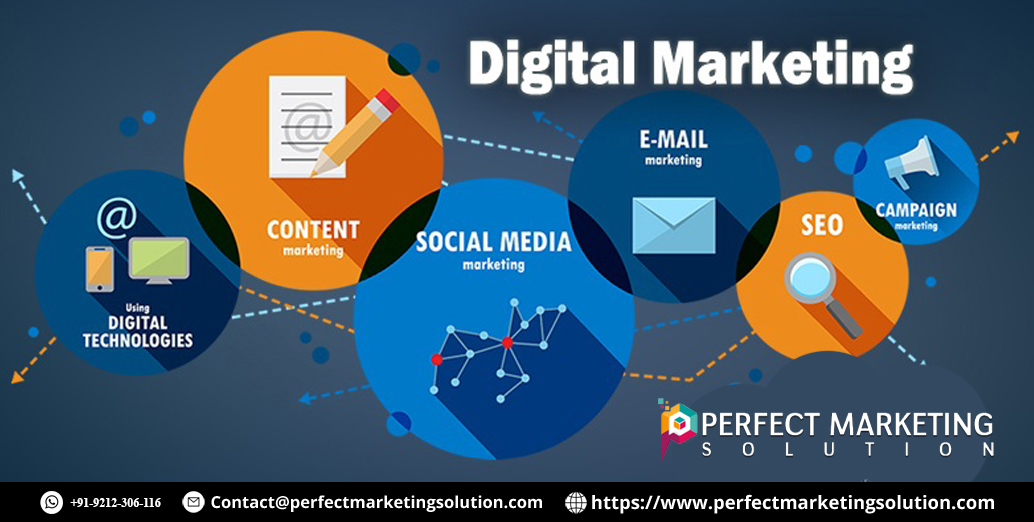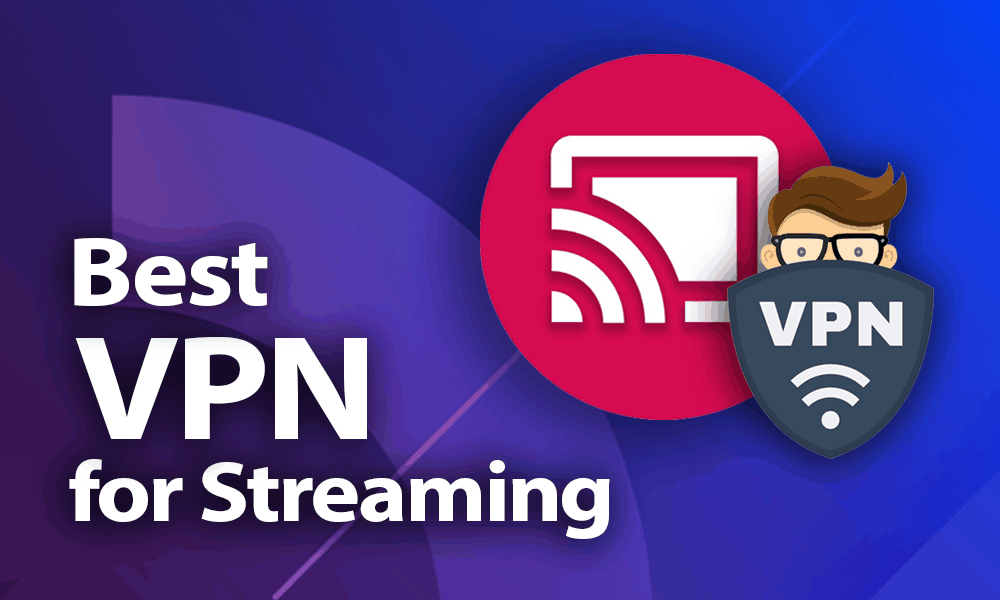Digital Tech Divide and Impacts on Access to Information
Fast-paced, interconnected digital tech divide world, access to information and resources is essential for personal and societal progress.

In today's increasingly digital tech divide world, access to information and resources is vital for personal growth, education, and economic opportunities.
However, not everyone enjoys equal access to the digital realm, leading to a phenomenon known as the "digital divide."
This divide refers to the gap between those who have access to digital technologies and the internet and those who do not.
In this blog post, we will explore the potential consequences of the digital divide and its profound impact on access to information and resources.
Unequal Educational Opportunities for Digital Tech Divide
One of the most significant consequences of the digital divide is its impact on education. As classrooms and educational resources move online, students without access to the internet and digital devices are at a severe disadvantage. Here's how the digital divide affects education:
- Limited Learning Opportunities: Students without internet access miss out on online classes, interactive educational websites, and digital learning materials. This hinders their ability to keep up with their peers and access up-to-date information.
- Homework Gap: The homework gap, characterized by students being unable to complete assignments that require internet access at home, puts these students at a disadvantage compared to their more privileged counterparts.
- Inequality in Educational Outcomes: The digital divide exacerbates educational inequalities, as students with limited access are less likely to graduate high school, pursue higher education, or access resources like online tutoring and educational videos.
Reduced Economic Opportunities
Access to information and resources is closely tied to economic opportunities. The digital divide can have far-reaching consequences on individuals' economic well-being and career prospects:
- Limited Job Opportunities: In a digital-centric job market, those lacking digital skills or access to the internet may struggle to find employment. Many job applications and recruitment processes are conducted online, making it difficult for individuals without digital access to participate.
- Wage Disparities: Studies have shown that workers with digital skills earn higher wages than those without. This means that the digital divide contributes to income inequality, with disadvantaged individuals earning less and having fewer opportunities for career advancement.
- Entrepreneurial Barriers: Access to the digital world is essential for entrepreneurs and small business owners. The divide can hinder individuals from starting their businesses, accessing e-commerce platforms, or marketing their products and services online.
Healthcare Disparities in Digital Tech Divide
In the realm of healthcare in digital divide can have life-altering consequences:
- Limited Access to Telehealth: The COVID-19 pandemic highlighted the importance of telehealth services. People with limited digital access often struggle to access remote healthcare consultations, prescription refills, and medical information, which can impact their health outcomes.
- Health Information Inequality: Access to accurate health information online is crucial for making informed decisions about one's health. Individuals without digital access may rely on less reliable sources or miss out on important health updates and resources.
- Health Monitoring: Wearable health devices and smartphone apps for health monitoring have become increasingly common. Those without access to these technologies may miss out on opportunities for preventive care and early detection of health issues.
Social and Civic Exclusion
The digital divide can lead to social and civic exclusion, limiting individuals' ability to participate in society:
- Limited Civic Engagement: Access to the internet plays a significant role in modern civic engagement. People without digital access may struggle to stay informed about current events, participate in online petitions, or contact their representatives.
- Social Isolation: As more social interactions move online, those without digital access can experience social isolation, missing out on connections with friends and family, as well as access to support networks.
- Reduced Access to Government Services: Many government services are now accessible primarily online, from tax filing to applying for social benefits. The digital divide can prevent disadvantaged individuals from accessing these critical services.
Perpetuating Existing Inequalities of Digital Tech Divide
Perhaps the most concerning consequence of the digital divide is its potential to perpetuate existing inequalities.
Those who are already marginalized or disadvantaged in society, such as low-income individuals, people with disabilities, and rural communities, are more likely to lack digital access.
The divide, therefore, reinforces existing disparities and creates a cycle of disadvantage that is difficult to break.
Bridging the Divide: Strategies for Change
Addressing the digital divide is crucial for promoting a more equitable society and ensuring that everyone has equal access to information and resources. Here are some strategies that can help bridge the gap:
- Investing in Infrastructure: Governments and organizations should invest in expanding broadband infrastructure to underserved areas, particularly in rural and remote regions.
- Subsidized Internet Access: Offering subsidies or low-cost internet plans to low-income households can make internet access more affordable and accessible.
- Digital Literacy Programs: Providing training and education on digital skills can empower individuals to make the most of digital resources and opportunities.
- Donated Devices: Organizations and individuals can donate or recycle digital devices to those in need, helping bridge the gap in access to technology.
- Community Centers: Establishing community centers with free internet access can serve as hubs for learning, job searching, and accessing government services.
- Public-Private Partnerships: Collaboration between governments, private companies, and non-profit organizations can help pool resources and expertise to address the digital divide.
The digital divide is not merely an issue of technology; it is an issue of social justice and equality.
As our world becomes increasingly digital, those without access to digital resources and information are at risk of falling further behind.
The consequences of the digital divide are far-reaching, affecting education, employment, healthcare, civic engagement, and social inclusion.
Efforts to bridge the digital divide must be a top priority for governments, organizations, and individuals alike.
Only through concerted action can we ensure that everyone, regardless of their background or circumstances, has equal access to the vast opportunities offered by the digital age.
By addressing the digital divide, we can create a more inclusive and equitable future for all.
What's Your Reaction?
















